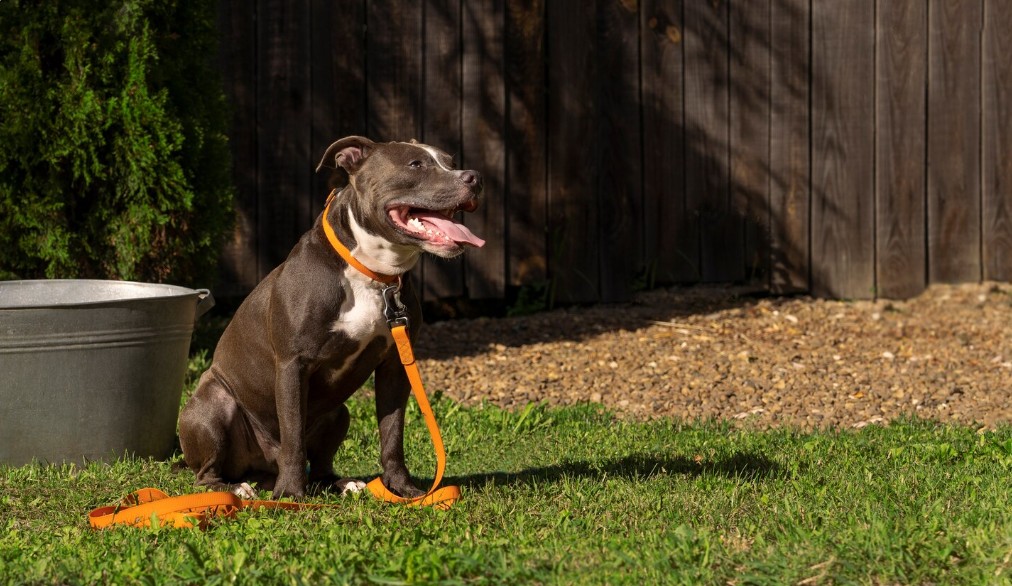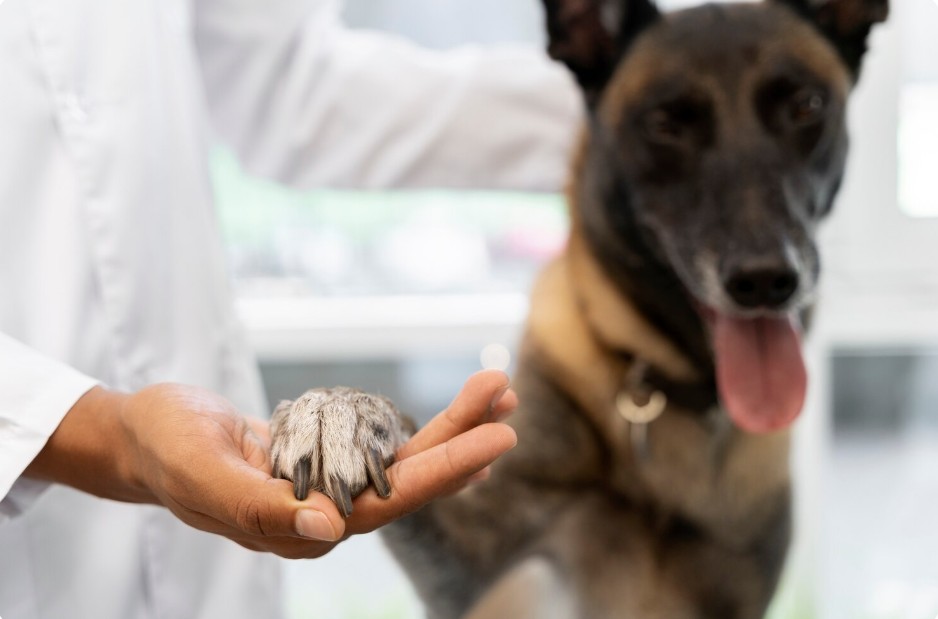Every major movement for justice begins with a single idea: that the world can be kinder, fairer, and more compassionate. When it comes to animals, that idea has grown into a global effort that continues to reshape the way societies think about care, responsibility, and coexistence. Behind every reform, every new law, and every change in attitude lies one driving force- public advocacy.
The power of people speaking up for animals has created real and measurable change. From improved living conditions in farms to bans on animal testing and stronger penalties for cruelty, advocacy has turned concern into action and awareness into progress.
How Public Advocacy Changes Attitudes
Public opinion has an incredible influence on lawmakers. When enough voices demand fairness and compassion, political systems respond. Public advocacy for animals takes many forms- educational campaigns, awareness marches, petitions, and community initiatives- all designed to inspire empathy and action.
These efforts often start small. It might be a local group protesting the mistreatment of shelter animals or students hosting awareness drives at schools. Over time, these small efforts gather momentum, drawing attention from larger organizations and eventually influencing local or national policy.
Advocates remind the public that animal protection is not just about compassion; it is also about ethics, environmental sustainability, and public health. When people begin to see how animal welfare ties into their own lives, they are far more likely to support meaningful change.
The Role of Activism in Animal Welfare
While public advocacy builds awareness, animal rights activism brings that awareness to life. Activists put their time and energy into actions that spark dialogue, challenge outdated norms, and demand accountability from institutions. Their work helps bridge the gap between emotion and legislation.
Some focus on rescue operations or animal sanctuaries. Others work behind the scenes, researching and exposing conditions in industries where animals are often mistreated. By showing the reality of cruelty, activists make it harder for the public and policymakers to ignore the need for reform.
Peaceful demonstrations, social media movements, and partnerships with lawmakers are among the most effective tools used by activists today. Each action contributes to a growing cultural shift that recognizes animals as sentient beings deserving of respect and legal protection.
The Importance of Strong Animal Protection Laws
Public opinion and activism create pressure, but real change takes hold when those values are written into law. Animal welfare laws establish the standards that society agrees are necessary to prevent cruelty, neglect, and exploitation. They define penalties for abuse, regulate breeding practices, and protect animals in entertainment, research, and agriculture.
These laws not only safeguard animals but also help set ethical boundaries for industries that rely on them. For example, stricter transport regulations can prevent suffering during the movement of livestock, while licensing requirements ensure that pet breeders maintain humane conditions.
The stronger these laws become, the better they reflect society’s growing awareness of animal needs. Each amendment, policy update, or new regulation shows that the bond between humans and animals is evolving into one of greater care and responsibility.
The Expanding Landscape of Animal Protection
Modern movements for animal protection advocacy have expanded far beyond local shelters and wildlife sanctuaries. Today, advocacy encompasses everything from pushing for plant-based food systems to urging governments to end animal testing and illegal wildlife trade. The internet has made global coordination easier, allowing small organizations to reach large audiences and influence decisions that once felt far out of reach.
Social media has become one of the most powerful tools in this effort. Videos and personal stories about rescued animals or rehabilitated wildlife often go viral, sparking empathy and conversation. These emotional connections motivate people to sign petitions, donate to causes, or contact their representatives to support new legislation.
Collaboration Between Citizens and Lawmakers
Lawmakers respond to people, and that is why citizens play such a crucial role in shaping laws. When communities unite and make their expectations clear, it sends a strong message that cruelty will not be tolerated. Petitions, town hall meetings, and direct communication with elected officials are effective ways to create that bridge between compassion and policy.
Many advocates also collaborate directly with government departments and animal welfare organizations to craft policies that balance practicality with empathy. This partnership ensures that new laws are enforceable, fair, and impactful. It is not just about passing laws but about making sure they are implemented and monitored effectively.
Education as a Tool for Long-Term Change
True progress comes from awareness, and that starts with education. Teaching children about empathy toward animals builds the foundation for a more compassionate future. Schools, community groups, and advocacy organizations have introduced programs that highlight responsible pet ownership, wildlife protection, and the ethical treatment of farm animals.
Also Read: How International Dog Day Promotes Awareness of Stray and Abandoned Dogs
As education spreads, it changes how people interact with animals in their daily lives. They become more mindful consumers, more responsible pet owners, and more supportive voters when it comes to legislation that protects animals. Over time, these collective changes in behavior make a lasting difference.
The Ripple Effect of Advocacy
Each person who speaks up or takes action adds another voice to a growing movement. Whether it’s through supporting animal protection advocacy groups, participating in public advocacy for animals, or volunteering at shelters, every contribution helps create a society that values compassion as much as progress.
Advocacy does not just protect animals- it strengthens communities. It teaches empathy, accountability, and cooperation. And as history shows, once compassion becomes part of public consciousness, laws follow close behind.
Final Thoughts
The journey toward better animal welfare laws and stronger protection measures is far from over, but it is moving in the right direction. Every campaign, petition, and act of kindness adds up to meaningful change. The power of advocacy lies in its ability to connect hearts and minds, turning empathy into legislation and awareness into action.
Whether you join a march, write to your representatives, or simply share information online, your voice matters. Together, through persistent animal rights activism and community effort, we can continue building a future where animals are treated with the respect and protection they deserve.






